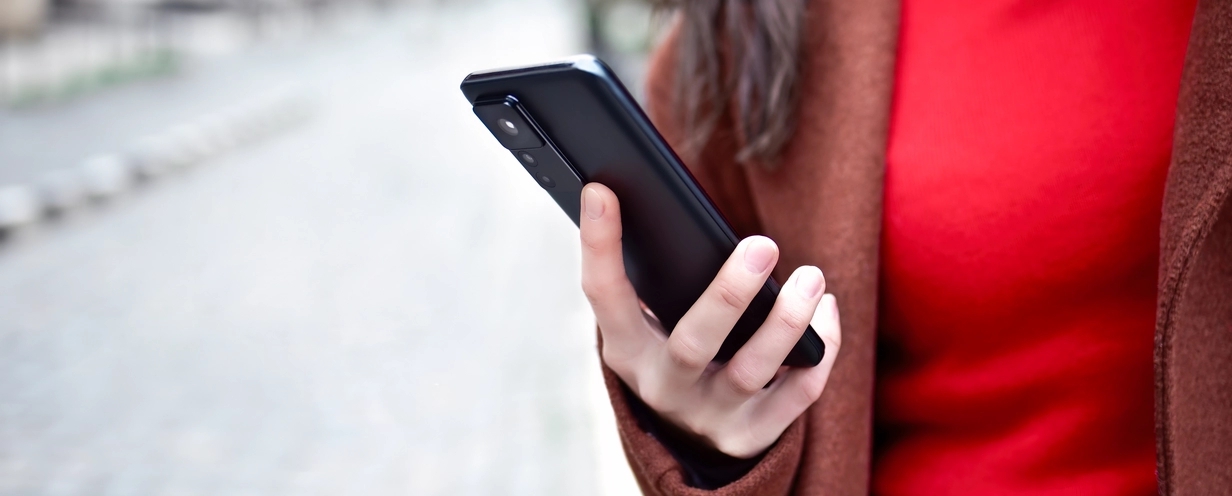
UX testing examples

Consider UX Testing with these examples
One of the best ways to get a feel for usability testing is to see it in practice. This article will provide three real-life examples of organizations successfully implementing usability tests to solve design challenges.
By the end, you’ll have a more robust idea of the kinds of research questions usability testing can answer and how these tests are designed to achieve successful outcomes.
Usability testing for an airline
UserTesting has helped thousands of organizations harness the power of usability testing. One of them is a leading airline that was able to discover new opportunities and improve its digital experience with our technology.
The challenge
As part of the organization-wide initiative, “Always Getting Better,” our airline partner was redesigning their website.
The goal was to create an online travel platform that offered an enhanced customer experience by reducing the number of steps to book flights, improving the account section, and building a seamless experience across mobile devices and other channels.
Testing
The usability tests included task-based scenarios where users were asked to select the cheapest fare or book specific travel dates. Users were timed and recorded as they navigated the airline’s test site to complete these objectives.
We also conducted usability tests to gather feedback on users’ first impressions of the site and the overall look and feel from early prototype development through launch. Together, these approaches enabled the airline to gather qualitative and quantitative insights. These insights were fed back to the design team throughout the website’s development lifecycle.
The results
The airline built a better user experience for the organization’s website by identifying opportunities for improvement in a rapid, iterative time-boxed process. The development team made informed UX decisions based on real user data in real time, resulting in creating a user-friendly website that improved customers' experience.
Usability testing for an employment website
Another example of effective usability came through our partnership with a global leader in connecting people and jobs. After the organization revamped its website, it wanted to see how its users felt about the new look and feel.
UserTesting was used to help them ensure they were addressing their users' wants and needs.
The challenge
The goals of the project were as follows:
- Measure user satisfaction in five critical markets.
- Measure how easy it is to perform everyday tasks and discover any usability issues.
- Assess ease of use and understand how likely users are to use the website in the future.
- Gather insights on users’ likes and pain points.
- Compare results with past remote studies to develop benchmarks for long-term improvement.
Testing
We conducted an international remote usability study in the US, UK, France, Germany, and the Netherlands. To achieve the goals, we used both qualitative and quantitative tactics.
Each participant in the study completed four tasks on the website. A series of questions followed each task, and the whole experience was rounded off with a final questionnaire to gain a deep understanding of how users felt about the redesigned website.
While all this was happening, we also collected clickstream data from each user to generate heat maps, which provided additional visual clues about user behavior.
The results
As soon as the testing was over, the team had a wealth of insights it could use to improve its website experience and longitudinal metrics to demonstrate improvement over time.
Usability testing for a healthcare benefits provider
This Fortune 50 healthcare provider helped many users via its online platform. With features to find claims online, discover benefits, look up doctors, and learn more about the costs of different procedures, delivering an excellent user experience was crucial. Still, a department reconfiguration put the internal UX team to the test.
We worked with the client to demonstrate the value of remote usability testing in uncovering design issues and making user improvements at speed and scale.
The challenge
The organization was transitioning from the older style of waterfall development to a more modern agile development process. This created a need for the team to turn around usability tests more quickly and in finer-grained segments to test specific aspects of each design.
As with many UX teams, resources were an issue. The UX team wanted to serve the organization’s needs without staffing up. That’s where we entered the picture.
Testing
The customer integrated remote usability testing into its repertoire with UserTesting. The digital practices team used our technology to record testing sessions and visually inspect mouse movements and clicks for testing, allowing them to see what tasks people were struggling to complete.
The organization saw us as an extension to its in-lab testing, allowing them to analyze product usability outside of the lab and still obtain visual feedback on what occurred and why.
UserTesting also empowered the organization to keep up with the demands of its new agile development timeframes. The digital practices team used our remote usability testing to launch studies and answer specific questions in as little as two weeks—rather than the two or three months required for in-lab testing.
The results
Going beyond in-lab testing, the digital practices team unlocked new costs and time efficiencies via UserTesting. It accelerated the UX research lifecycle to deliver consistent, impressive UX improvements.
For example, in one case, the team developed and tested a prototype that resulted in an 85% success rate with new registrants—a stark contrast from the 60% drop-off range they saw on the old site.
How you can harness the power of usability testing
These examples demonstrate the numerous use cases of usability testing throughout the product development lifecycle.
We can sum up the overarching objectives of usability testing in three ways:
- Identify pain points and usability issues: Uncover issues with the design of your digital solution.
- Discover opportunities: Unlock insights about improvements that can be made to the user experience.
- Understand your users: Ensure you’re meeting your users’ wants and needs.

UX resource collection
Explore UX best practices, expert advice, user research templates, and more.





